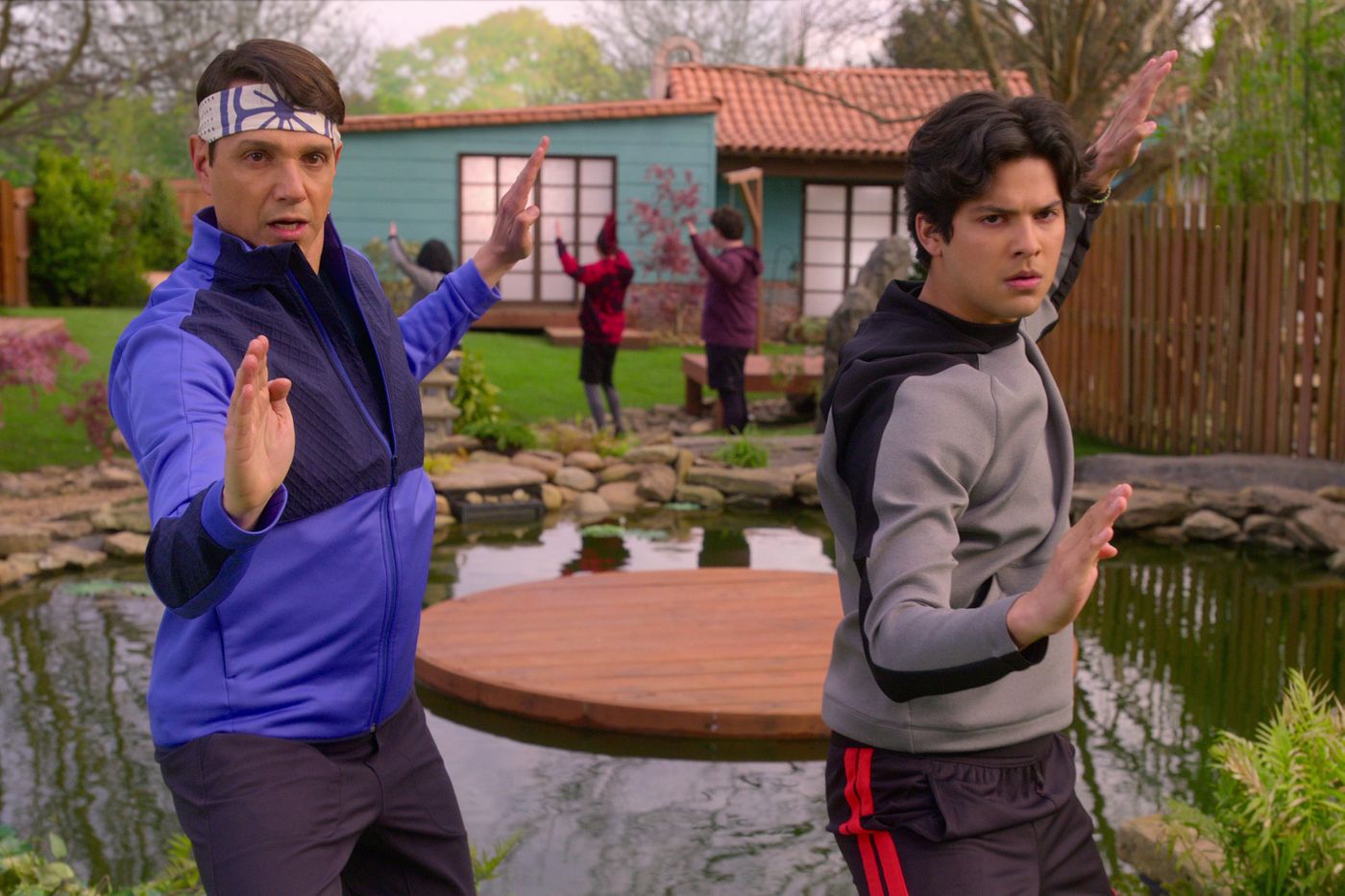Chart Week: January 10, 1981
Song: “More Than I Can Say” – Leo Sayer
Chart Position: #10, 16th week on the chart. Peaked at #2 for five weeks.
(I will be adding an element to these posts moving forward. I’m going to copy my man Tom Breihan and rate each song using his 10-point scale.)
One of the only bummers for my holiday break was that the iHeart Radio Classic American Top 40 station did not air its annual marathon of year-end countdowns. That has, over the past three years, become a traditional for me. I could spend the last hours of the old year and the first hours of the new year taking down Christmas decorations, reading, and otherwise wasting time as Casey ticked off the biggest hits of my childhood in the background.
New Year’s weekend I kept feeling like I was missing something as I did those tasks in silence. Strangely, this song kept popping up in my head.
Last Sunday I turned on the KCMO weekly replay and caught part of the second half of the top hits of 1981 countdown. Second song I heard? “More Than I Can Say” by Leo Sayer at #28. Obviously the Music Gods meant for me to write about it!
This song has an interesting history. It was written by Sonny Curtis and Jerry Allison, both members of Buddy Holly’s band The Crickets, in 1959. They composed it a few weeks after Holly died in the infamous The Day The Music Died plane crash.
The Crickets carried on without Holly, putting out albums periodically until as recently as 2005. Their original version of “More Than I Can Say” was the band’s closest thing to a hit in the States in their post-Holly era, peaking at #42 on the R&B chart.[1]
Bobby Vee was one of several artists recruited to replace Holly, Richie Valens, and The Big Bopper on tour following their deaths. He recorded a cover of “More Than I Can Say” in 1961 that peaked at #61.
Surviving setlists show that the Beatles played this often in 1961 and 1962, mostly in their Hamburg days, although they never put their version onto wax.
In the mid 1970s, Leo Sayer went on an unlikely hot streak. Out of nowhere, he scored six Top 40 hits, including back-to-back Number Ones with “You Make Me Feel Like Dancing” and “When I Need You.” By 1980, though, he had failed to hit the US Top 40 with nine straight records.
As he prepared to record his Living in a Fantasy album, he sought an old song to cover. One day he saw a TV commercial for a Bobby Vee greatest hits collection. The ad included a snippet of “More Than I Can Say.” Sayer knew that was the song he was looking for. He ran out to buy the album, hit the studio, and immediately cut his own version. Smart decision. His recording raced up the charts and spent five weeks at number two, stuck behind Kenny Rogers’ “Lady” for four weeks and John Lennon’s “(Just Like) Starting Over” for one week as the calendar flipped from 1980 to 1981.
There isn’t much difference in the three recorded versions of this song. I do like how Sayer’s take is both immediately recognizable and still pulls in the sound of its time. There’s the slightest country tinge to the song, balanced by some solid, smooth-as-hell, Christopher Cross-esque Yacht Rock vibes. In fact, the music is the best part of the song. There’s a hint of disco funk in the bass. Not enough to make the song danceable, but enough to propel the song along. Sayer’s vocals aren’t remarkable in any way, and it feels like he’s gliding without investing any true emotion into his effort. In fact, the best vocal parts are the backing harmonies over the guitar break and the final section.
Still, there’s something about it that makes me feel warm when I hear it. That’s probably just the heat of nostalgia, taking me back to the holiday season of 1980. But I like it a lot more than his other songs.
The video is kind of great. The use of a green screen probably blew people’s minds back then. And Leo’s look of red shoes, yellow pants, pink blazer, and White Man Afro was truly aspirational.
D’s Grade: 7/10
- They were more successful in Britain, with three Top 40 singles. With Holly, they had four-straight Top 40 tracks, including chart-topper “That’ll Be The Day.” ↩
